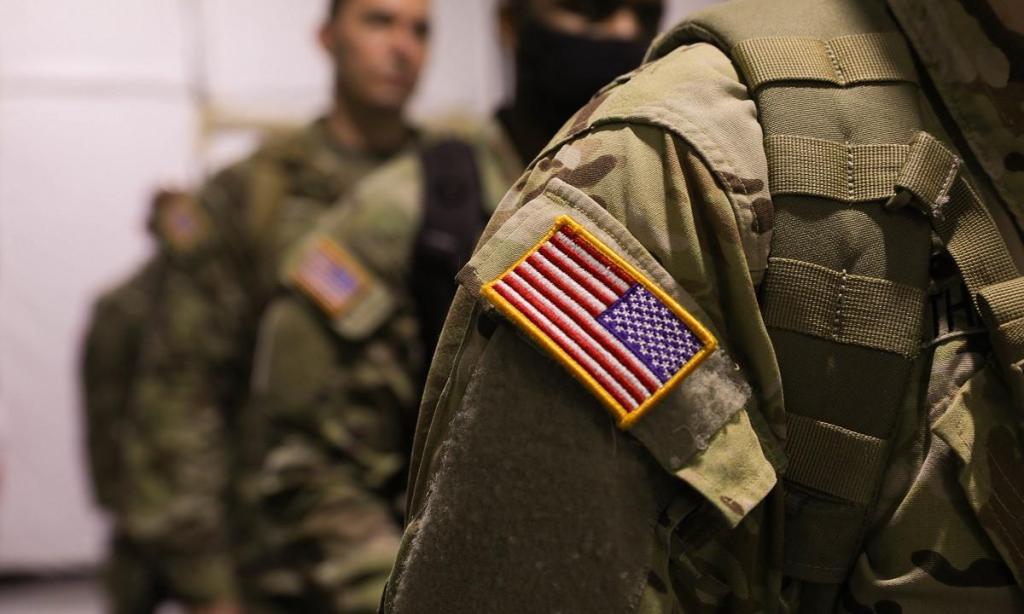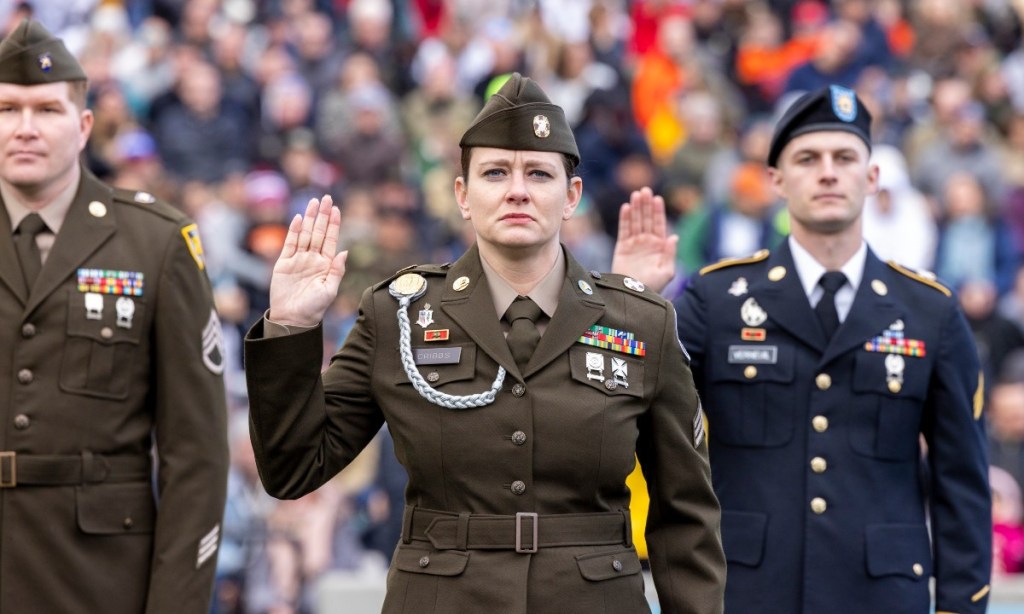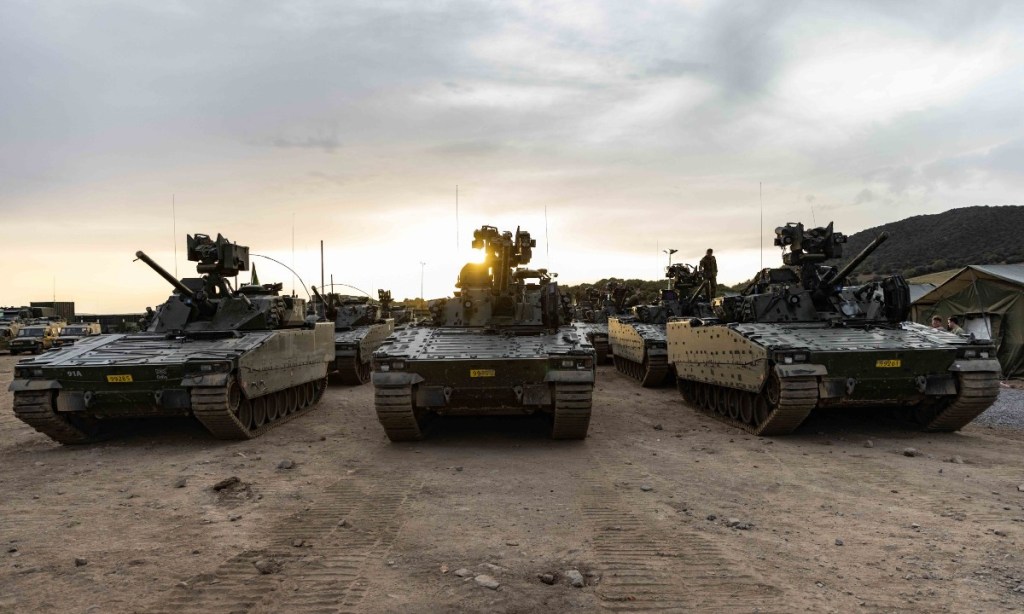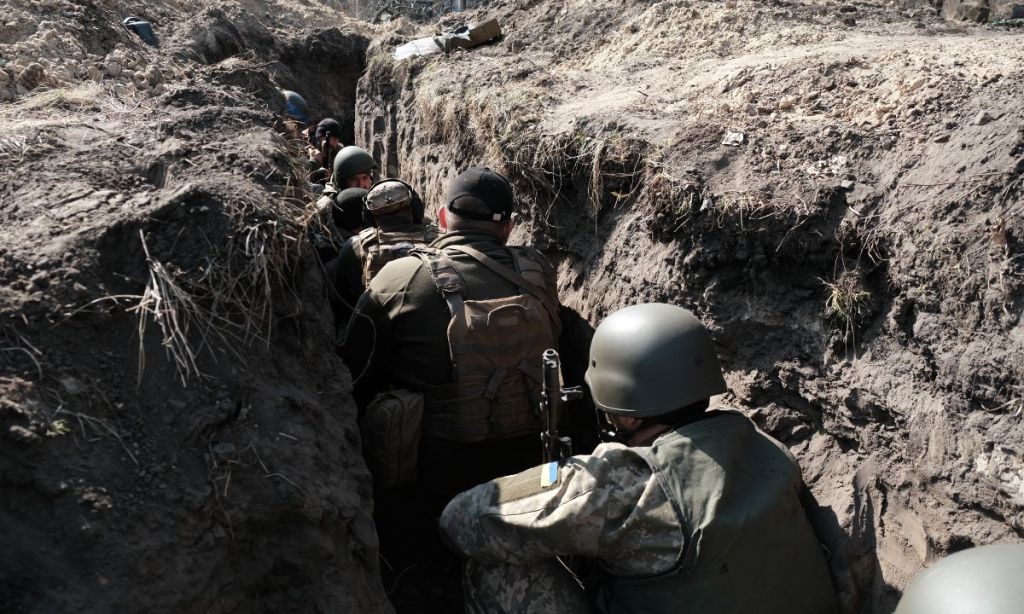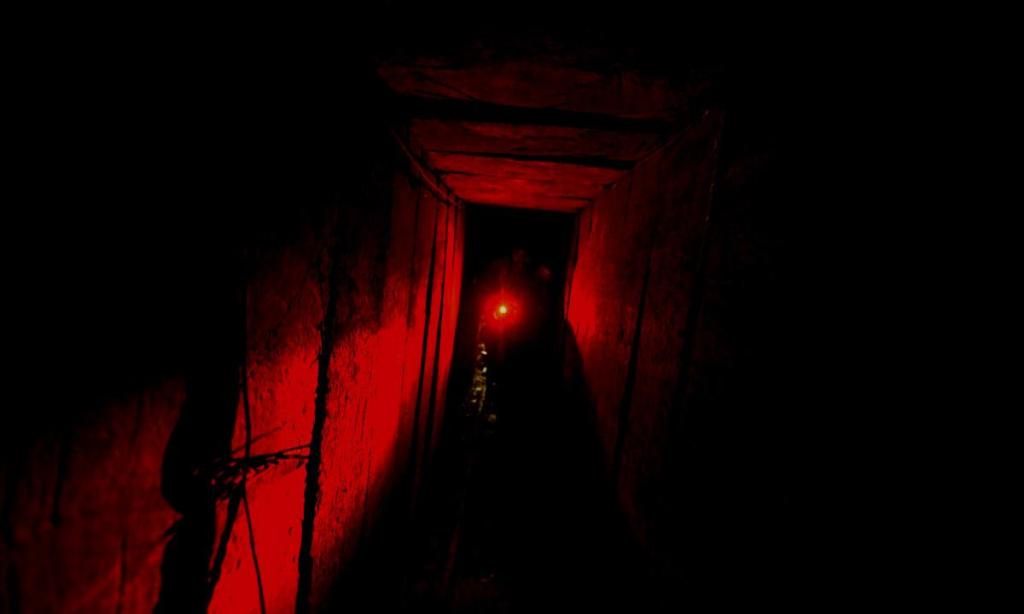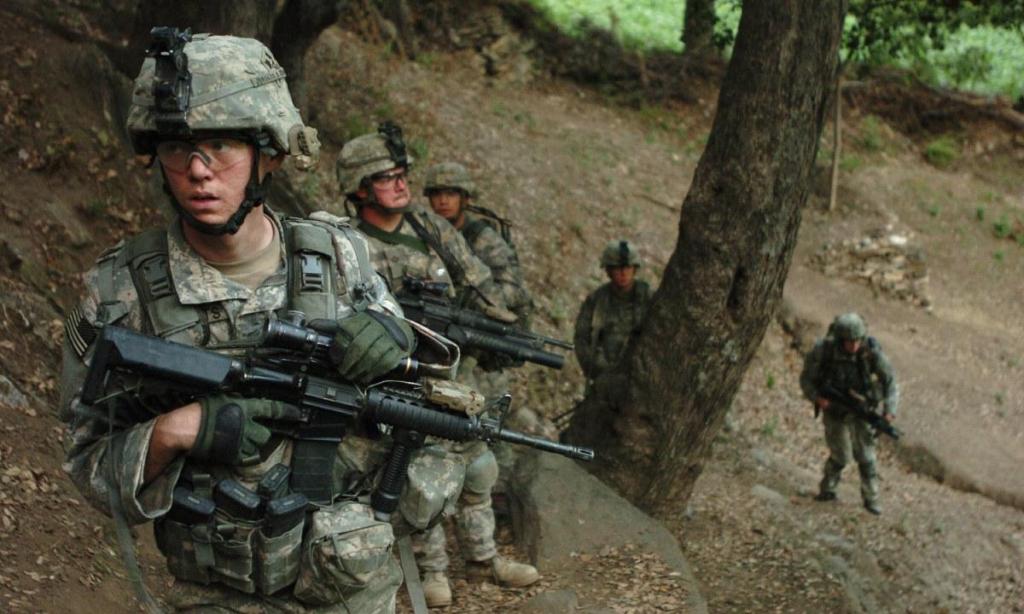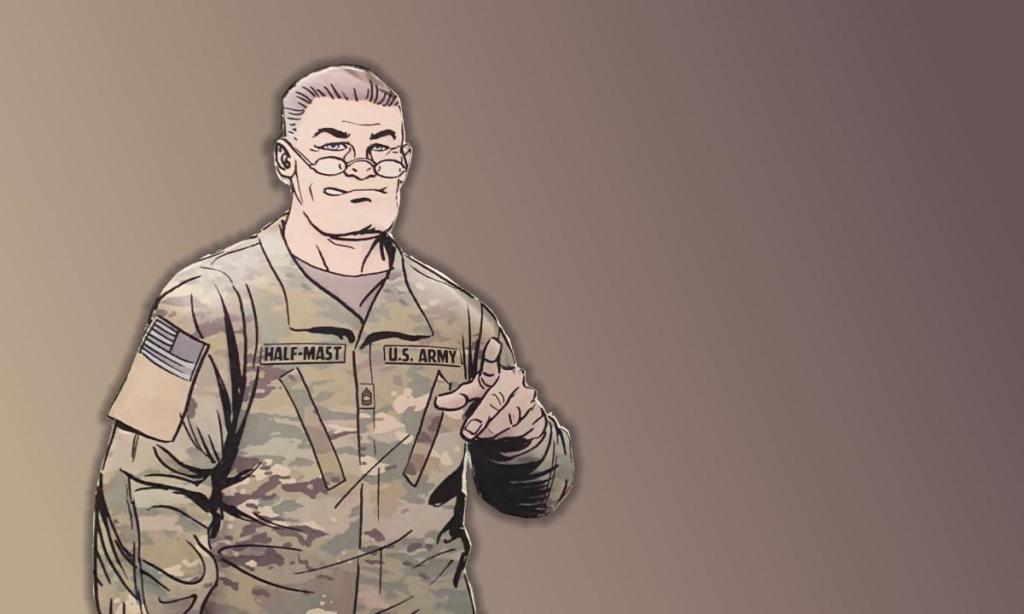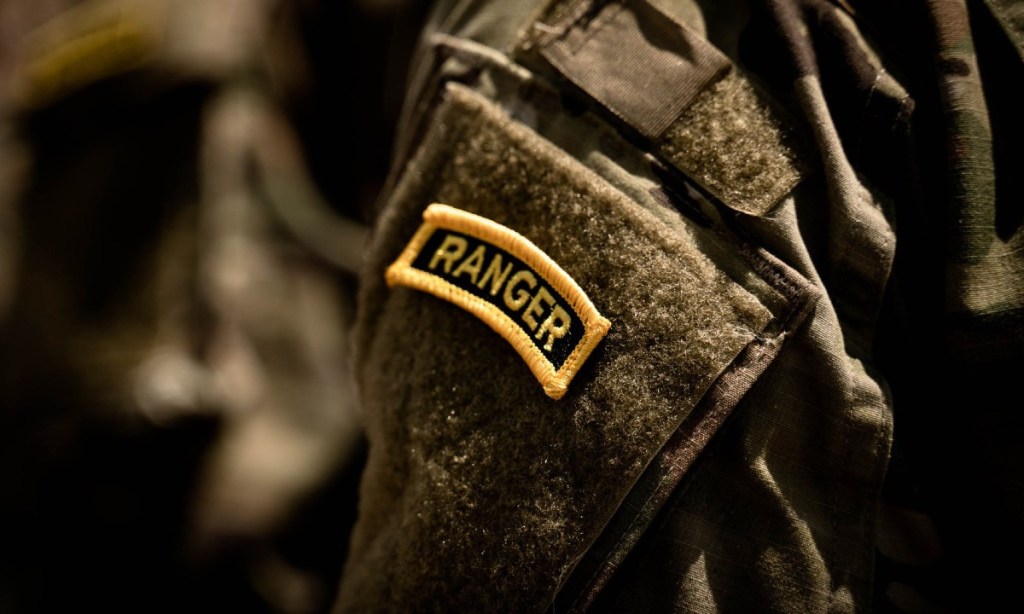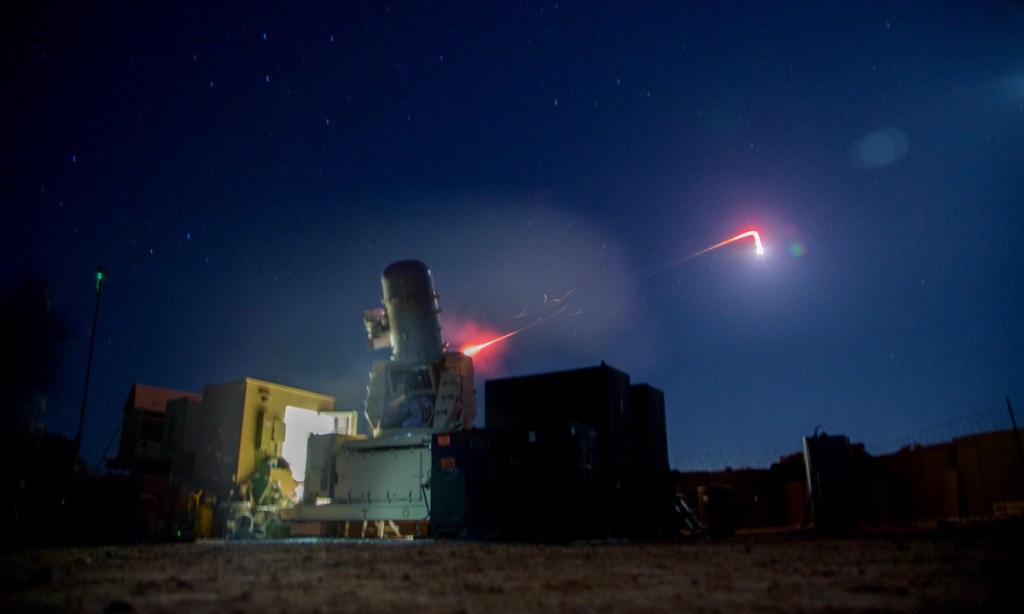As we leave 2024 and welcome in a new year, at MWI we’re once more looking back at the most popular articles we published over the past twelve months.* Commentary and analysis focusing on the wars in Ukraine and the Middle East account for a portion of the entries—perhaps unsurprisingly, as those two conflicts offer the clearest window into the shape of the modern battlefield and lessons for tomorrow’s wars.
Beyond those wars, the search for lessons also ties much of the rest of the list together. One broad question undergirds almost all of the articles that feature below: How best can military services—in particular the US Army—prepare for the challenges that await them? In other words, how can they be truly ready? From ensuring there are enough people—and the right people—serving in uniform to getting overarching conceptual frameworks like strategic competition right, these articles revolve around the goal of maximizing readiness for an uncertain future.
If you missed any of these articles when they were first published, now is a great chance to catch up. As always, we’re grateful to all of the readers who sought out the work MWI has published, and we’re especially grateful to all of the authors we’ve been privileged to work with!
*The only exception is number seven on the list, which we published on December 28, 2023. This article nearly attracted enough readers in just a few days to make it onto last year’s list, and it continued to to be read and discussed by enough people after the calendar flipped that it made it into this year’s edition.
1. The Army Has a Competition Problem
George Fust
There is a notable tension between the way the US Army conceptualizes its role in strategic competition and its raison d’etre of fighting and winning the nation’s wars. And the service can only contribute meaningfully in competition if it is manned, trained, and equipped to do so.
2. Ending the Churn: To Solve the Recruiting Crisis, the Army Should Be Asking Very Different Questions
Robert G. Rose
The US Army’s manning crisis is not wholly attributable to recruiting shortfalls. It is also a function of outdated personnel management policies. To address the challenge, the Army must dramatically rethink its talent management practices and should seriously consider returning to a long-term service model.
3. The Illusion of Conventional War: Europe Is Learning the Wrong Lessons from the Conflict in Ukraine
Sandor Fabian
What if one of the chief lessons coming from the war in Ukraine—that European states must expand their conventional military capabilities to defend themselves—is incorrect? These ten observations from that war combine to lead to a very different conclusion.
4. The Return of the Tactical Crisis
Randy Noorman
A series of technological advancements in the late nineteenth century produced what became known as the “tactical crisis,” whereby maneuver became all but impossible. Today, very different technological advancements are having a similar effect in the war in Ukraine.
5. Gaza’s Underground: Hamas’s Entire Politico-Military Strategy Rests on Its Tunnels
John Spencer
Hamas tunnels crisscrossing beneath the surface of Gaza are not just of tactical or operational value. They also offer strategic utility, used by the group to seek a political advantage by guaranteeing any effort by Israel to target the tunnels will inevitably cause harm to civilians and civilian infrastructure.
Peter Mitchell
A remarkably successful air defense operation in April intercepted more than three hundred Iranian drones and missiles fired at Israeli targets. In total, it likely cost billion of dollars. What does that mean for other states looking to enhance their ability to defend against a similar threat?
7. The Ghost of GWOT Haunting the Military Recruiting Crisis
Ethan Brown
What are the root causes of the recruiting crisis that has plagued the US armed services in recent years? Twenty years of war, with poor strategic outcomes, cannot be ignored as the backdrop against which that crisis has taken shape.
8. Master Sergeant Half-Mast and the Scrolling Soldier: A Proposal to Renew PS Magazine
Theo Lipsky
In the 1950s, the Army turned to a talented comic artist to help the service share equipment maintenance information with soldiers in an engaging way. The same approach—but with social media at the center instead of comics—would prove valuable today.
9. Part-Time SOF: The Case for a Ranger Battalion in the National Guard
Ray Vawter
The unique capabilities of special operations forces make them perpetually in high operational demand. What if the Army added an additional Ranger battalion to help satisfy that demand? And what if it placed the new battalion in the Army National Guard?
10. Understanding the Counterdrone Fight: Insights from Combat in Iraq and Syria
D. Max Ferguson and Russell Lemler
What will the Army need to defend against drone attacks on the future battlefield? One brigade’s experience over nine months in Iraq and Syria offers clues. Here’s what leaders from the brigade learned while deployed in Iraq and Syria, where the unit faced more than 170 drone attacks from state-sponsored militias.



